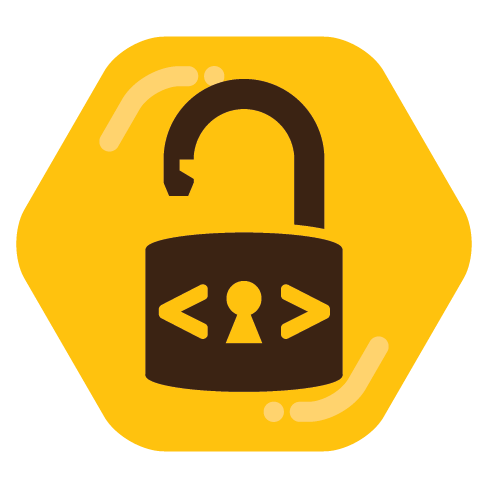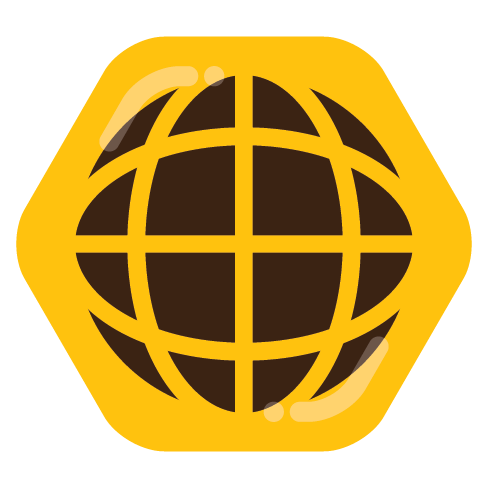

I do love my bangle.js 2. i was feeling some nostalgia for my Pebble Time 2, so I pulled it out to try it with the new app, but then I remembered that I hadn’t updated anything on my Bangle in ages (dont generally have chrome enabled ony phone) and the updates made everything so much smoother. No reason to switch back to pebble, especially in its current state.
My only complaint is that there is no way for the watch to tell if it’s on your wrist, and the heart rate monitor and screen can’t be woken up separately. So it can be annoying at night, when unless it’s fully shut off the HRM and screen will light up the room every 10min.






Yes it’s placed flat, I’m not sure if it’s supposed to turn off but it certainly doesn’t.